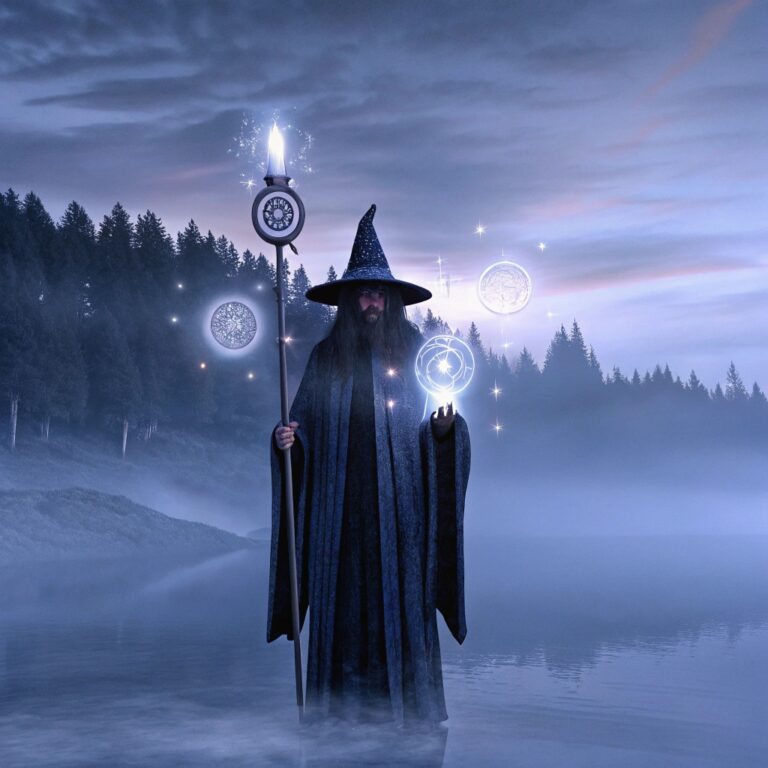
The fantasy genre transports readers to magical worlds filled with mythical creatures, powerful sorcery, and epic quests. It intertwines the impossible with the extraordinary, allowing for limitless exploration of imagination, where the laws of reality bend, and adventure knows no bounds. From high fantasy epics to urban fantasy adventures, the genre spans diverse worlds and themes.
At its core, the fantasy genre explores:
From enchanted realms to heroic journeys, the fantasy genre captivates by exploring themes of destiny, heroism, and the triumph of hope against overwhelming odds. Whether through grand quests or deep character arcs, it invites readers to imagine worlds where anything is possible.
Writing fantasy fiction is all about building immersive worlds, magical systems, and unforgettable characters. From creating mythical creatures to weaving epic quests, each step is key to crafting a captivating tale. Here’s a step-by-step guide to help you begin your fantasy writing journey.
7. Deliver a Legendary Conclusion
Wrap up your story with a resolution that feels earned and satisfying. Whether it’s a climactic battle, a twist of fate, or a transformation, make sure your conclusion leaves readers feeling like they’ve journeyed through something truly magical.
Some of the most iconic books in the fantasy genre have transported readers to magical realms, filled with adventure, mythical creatures, and unforgettable heroes. Here are a few classics that defined the genre:
The Hobbit by J.R.R. Tolkien
Did you know? The Hobbit was originally written as a bedtime story for Tolkien’s children, eventually becoming one of the most beloved works of fantasy. Its charming tale of Bilbo Baggins’ adventure sparked the creation of Tolkien’s epic Lord of the Rings trilogy.
Harry Potter and the Sorcerer’s Stone by J.K. Rowling
Did you know? Harry Potter and the Sorcerer’s Stone was rejected by several publishers before it became a global phenomenon. Rowling’s tale of a young wizard finding his way at Hogwarts has inspired millions and created a magical legacy that transcends generations.
A Game of Thrones by George R.R. Martin
Did you know? A Game of Thrones is the first book in the A Song of Ice and Fire series, which has captivated fans with its intricate plotlines, morally complex characters, and unexpected twists. Martin’s work has redefined fantasy with its mature themes and political intrigue.
The Name of the Wind by Patrick Rothfuss
Did you know? The Name of the Wind is the first novel in The Kingkiller Chronicle series, known for its poetic prose and unique structure. Rothfuss’s storytelling has earned him a dedicated fanbase and critical acclaim for its depth and originality.
The Lion, the Witch and the Wardrobe by C.S. Lewis
Did you know? The Lion, the Witch and the Wardrobe is the first book in The Chronicles of Narnia series, which has enchanted readers of all ages with its magical land and allegorical themes. Lewis’s tale of children discovering a hidden world has become a timeless classic in children’s fantasy literature.
Set in entirely fictional worlds with complex magic systems and epic quests, high fantasy often features a battle between good and evil. It includes large-scale world-building and deeply developed lore.
Example: The Wheel of Time by Robert Jordan.
Urban fantasy combines magic and supernatural elements with contemporary, real-world settings, often featuring hidden creatures or powers in everyday life.
Example: The Dresden Files by Jim Butcher.
Dark fantasy combines elements of horror with fantasy, often exploring grim themes like death, corruption, and despair. It frequently features morally ambiguous characters and a bleak atmosphere.
Example: The First Law Trilogy by Joe Abercrombie.
Epic fantasy involves grand, sweeping narratives with large casts of characters, kingdoms at war, and often, a world-changing conflict. It focuses on long, complex story arcs and detailed world-building.
Example: A Song of Ice and Fire by George R.R. Martin.
This sub-genre is inspired by traditional myths and fairy tales, often featuring magical creatures, enchantments, and moral lessons.
Example: The Night Circus by Erin Morgenstern.
Ready to share your story?
Tell us what you need—we’ll help bring your book to life.
